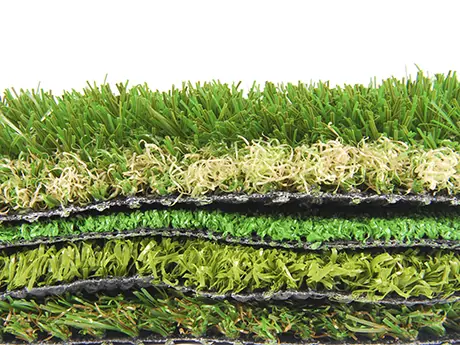
When the U.S. Women's National Team defeated Japan 5-2 to win the 2015 FIFA Women's World Cup, the United States became the first nation ever to win three women's titles. But even before that record-setting moment, the tournament was headed for the history books: It was the first World Cup—for either men or women—to be played on artificial turf.
This may seem like an insignificant footnote, but the decision to hold the tournament on turf prompted a bevy of controversy ahead of the competition. In fact, a group of players banded together for a lawsuit over the situation, though it was later dropped.
So why did it matter that the World Cup unfolded on turf rather than natural grass?
There were three main issues to the debate: the idea of parity, the effects on how the game is played and safety.
More: Coed Sports: When Should Boys and Girls Play Separately?
Perhaps the largest point of contention stemmed from the idea of gender discrimination. Players felt having to play on turf highlighted the disparity between how men's and women's sports are treated. USWNT forward Sydney Leroux told USA Today, "Men would never play a World Cup on turf," while The Atlantic referred to the situation as "The Grass Ceiling."
Along with the issue of inequality, holding the World Cup on turf presented safety concerns. Although FIFA maintains that injuries sustained on turf aren't more common than those suffered on natural grass, the players themselves felt otherwise. To some, it seemed that using turf for the game's highest competition invited unnecessary dangers to the sport's top athletes.
Turf burns—painful abrasions caused by sliding on the playing surface—were another major concern. While this is something that athletes in other sports such as football face, the added padding and equipment helps negate some of the dangers. Soccer players don't have the protective gear to render turf harmless, and because of that, slide tackling becomes more painful.
More: The Best Social Media Moments from the USWNT Women's World Cup Finals
Burns weren't the only concern, though. U.S. forward Alex Morgan talked at length about how your body takes a pounding on turf, making the tightly scheduled tournament even more demanding.
The turf's temperature also posed a threat to the players' well being. Studies have shown that natural grass, in general, stays 20-30 degrees cooler than artificial turf. At the World Cup, there were reports that the artificial playing surface reached temperatures of 120 degrees, a danger that would have been avoided by using grass.
Finally, the outrage over playing on turf related to how it changed the nature of the game. Although the differences aren't dramatic, turf is harder and more uniformly flat, which leads to higher bounces and a faster pace. Adjustments have to be made, which some felt was an allowance that shouldn't be necessary in a competition like the World Cup.
In the end, the USWNT emerged with a title, undoubtedly making having to play on turf feel worth it. Still, it seems unlikely that the great turf debate has ended. As forward Abby Wambach told The Washington Post, "There is no player in the world, male or female, who would prefer to play on artificial grass."
 Find soccer camps for your ACTIVEkids.
Find soccer camps for your ACTIVEkids.
About the Author










Discuss This Article